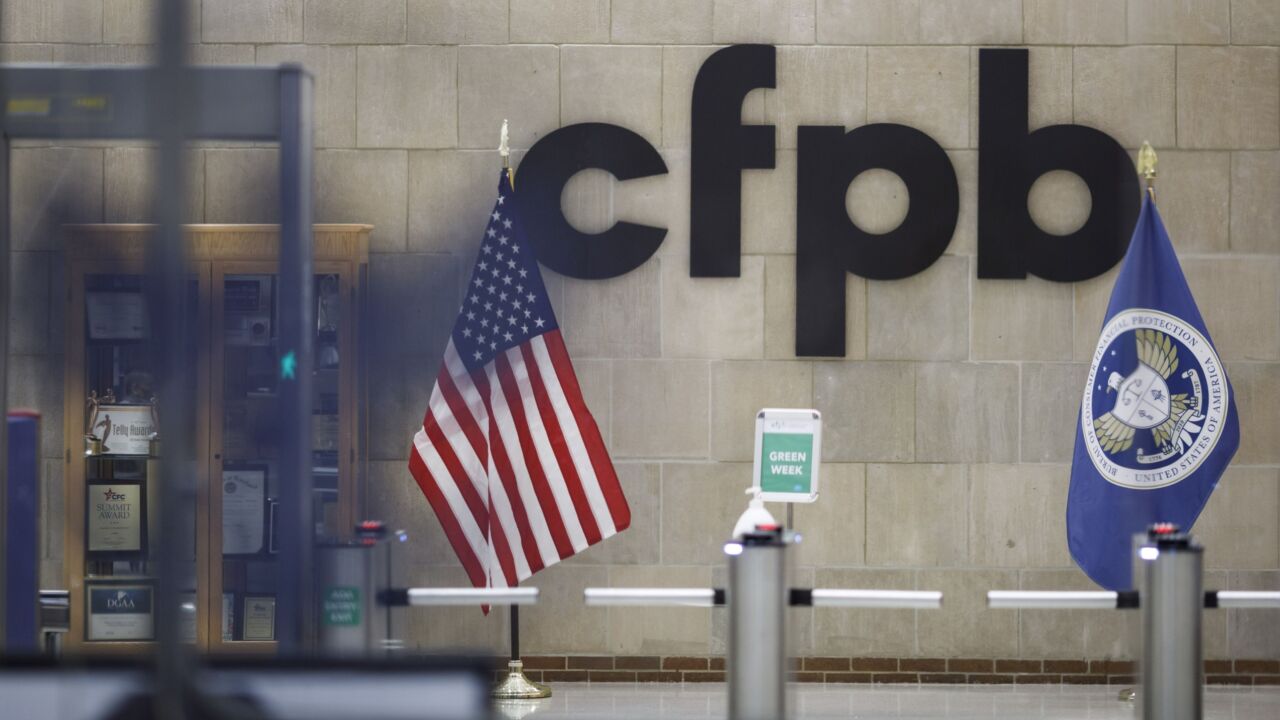
We already knew that the safe harbor for qualified mortgage loans did not protect lenders from common law and statutory claims that predated the ability to repay laws. In other words, those liabilities that existed prior to ATR laws continued to apply to QM loans. However, lenders believed that by originating QM loans they were protected from ATR claims. After last week, that may not be true.
In connection its latest
While this was a CFPB enforcement action, lenders should realize that under the Truth in Lending Act, a borrower does have the ability to bring claims for unfair and deceptive acts and practices. Moreover, most claims against lenders are usually of the kitchen-sink variety, meaning that multiple acts of wrongdoing are alleged, thus satisfying the ambiguous "definition" of unfair and deceptive acts. Hence, a borrower wishing to pursue an ATR claim need only link these alleged unfair and deceptive acts to the origination of a mortgage he or she could not afford to entirely circumvent the safe harbor from the ATR laws.
Many of these claims may ultimately be resolved in favor of lenders. But to the extent the safe harbor was intended to protect lenders from the costs of legal defense, the application of UDAP to unaffordable lending certainly creates the risk that the safe harbor is in reality a mirage. That is particularly true because whereas an ATR claim would normally involve a narrow scope of discovery, limiting defense costs, a UDAP claim will involve allegations of pattern and practice wrongdoing, creating substantially more discovery and legal fees.
By opening a back door through UDAP, the CFPB may have increased the legal costs for lenders. After developing new processes to originate QM loans, lenders now face claims that in order to circumvent the safe harbor must be alleged in broad pattern and practice terms.





